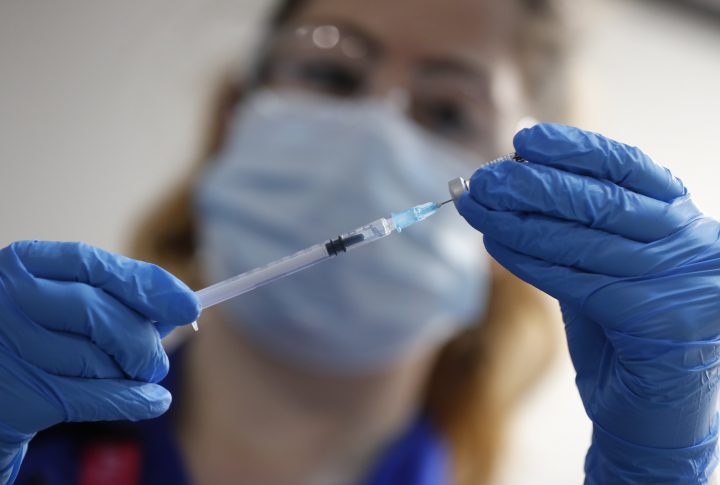Some leaders in northern Saskatchewan are tentatively hopeful about a COVID-19 vaccine reaching their communities after the province announced the region will be prioritized in its rollout plan.

The news is encouraging for a hard-hit region, but it’s a challenge to store the Pfizer vaccine at -70 C, noted Northern Inter-Tribal Health Authority (NITHA) medical health officer Dr. Nnamdi Ndubuka.
Ndubuka said NITHA and Indigenous Services Canada are working to improve storage facilities in northern First Nations so they can hold vaccine doses at low temperatures. He added a high vaccination rate in the north makes him optimistic, despite misinformation spreading among some residents online.
“If we piggyback on some of those successes, we can take advantage of the existing processes to ensure that our community members take the vaccine when it becomes available,” he said.
As of Thursday, the NITHA reported 323 active cases of COVID-19 in its communities.
Those persistent numbers mean residents should proceed with caution, noted Candyce Paul, who co-ordinates English River First Nation’s COVID-19 emergency management team. However, she doubts a vaccine will reach communities like hers soon, considering some of the difficulties it’s encountered, she said.
- Budget 2024 failed to spark ‘political reboot’ for Liberals, polling suggests
- Train goes up in flames while rolling through London, Ont. Here’s what we know
- Peel police chief met Sri Lankan officer a court says ‘participated’ in torture
- Wrong remains sent to ‘exhausted’ Canadian family after death on Cuba vacation
“Right now, because it’s not (in) the picture, don’t put your hopes on it at this point.”
Bruce Fidler, who is mayor of Creighton and chair of regional municipal advocacy organization New North, said he is largely pleased with the plan. He also sees delivery distance as a major hurdle _ both for remotes communities and for residents living further away from centres _ but said most people are ready for a jab.
“I’m sure people in the north are willing to get on board and get it as soon as possible,” he said.
Earlier this week, Saskatchewan health officials noted the difficulties of delivering the vaccine to remote areas. Canadian Major-General and vaccine distribution lead Dany Fortin called the task a “master class” in complexity.
In Phase 1, residents older than 50 in northern and remote areas are one of four priority groups. Premier Scott Moe said on Wednesday that the province would approach the project geographically.
A resident in a remote community like Wollaston Lake is at similar levels of risk, Indigenous or not, he said.
On Wollaston Lake, Hatchet Lake Denesuline First Nation Chief Bart Tsannie said he is unsure of the time frame for delivery, but that regional case numbers emphasize the need for a vaccine.
While it’s needed across the province, he called it “a must” for communities like his. Tsannie said the sooner it arrives, the better.
“We’re in a remote area. It’ll be difficult, but it would be nice to have a vaccine on First Nations in the north.”





Comments